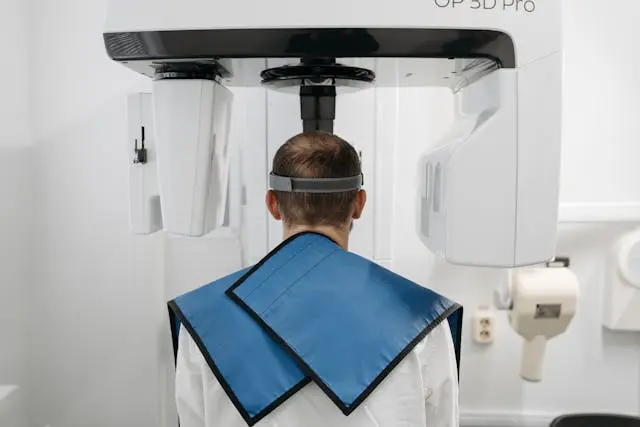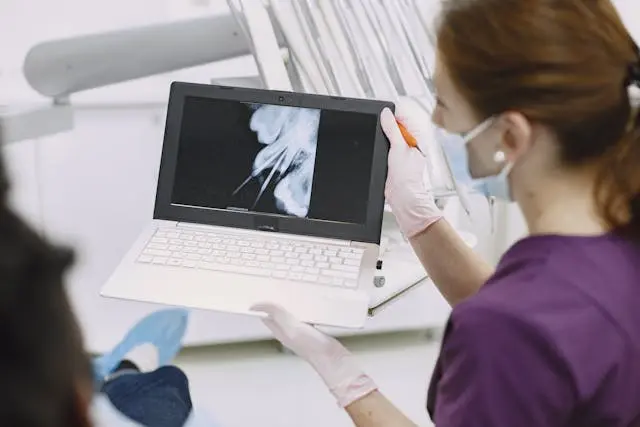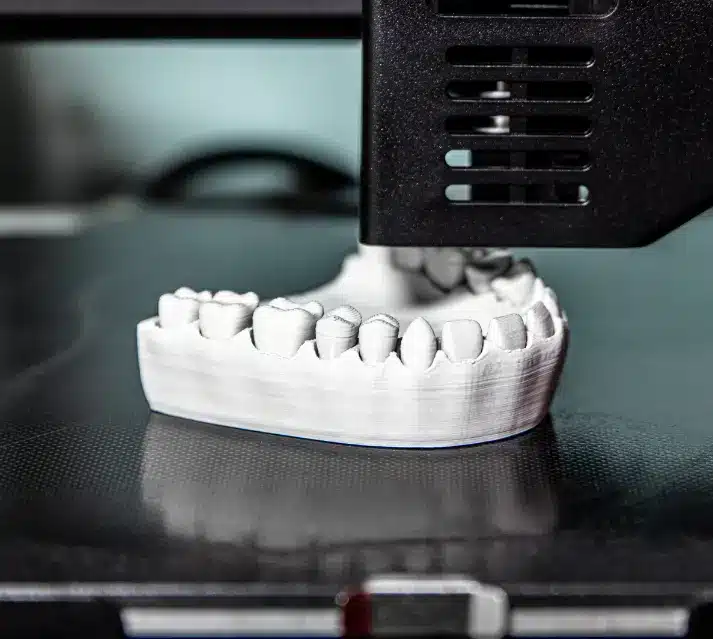Smile Design: How Digital Imaging is Personalizing Cosmetic Dentistry
In today’s world of advanced technology, cosmetic dentistry has evolved far beyond basic procedures. The introduction of digital imaging is transforming the way dentists approach smile design, allowing for personalized, precise, and predictable results. This blog post explores how digital smile design technology is reshaping the future of cosmetic dentistry, providing patients with a more customized and satisfying experience.
The Rise of Digital Imaging in Cosmetic Dentistry
Gone are the days of relying solely on physical impressions and trial-and-error methods to perfect a patient’s smile. With digital imaging technology, dentists can now simulate and preview cosmetic treatments before they’re performed. This groundbreaking approach ensures that each patient’s unique features, preferences, and dental needs are taken into account.
Digital Smile Design Statistics:
- 84% of patients report increased satisfaction with cosmetic dental procedures that use digital imaging, due to better communication and visualization.
- Dentists who utilize digital smile design techniques reduce the need for adjustments post-treatment by 67%, ensuring more accurate results.
What is Digital Smile Design?
Digital Smile Design (DSD) is a cutting-edge technology that allows dentists to create highly personalized treatment plans using digital tools. Through a combination of photographs, dental scans, and advanced software, dentists can design a virtual model of a patient’s new smile. This model takes into account facial features, gum lines, and tooth proportions to ensure the final results are both aesthetically pleasing and functionally sound.
How It Works:
- Initial Consultation: The dentist captures digital images of the patient’s mouth and smile from multiple angles.
- 3D Scanning: A digital scanner creates an accurate, three-dimensional model of the patient’s teeth and gums.
- Smile Preview: Using specialized software, the dentist creates a digital rendering of the desired smile, which the patient can visualize on-screen before any treatment begins.
- Treatment Planning: With the patient’s input, the dentist fine-tunes the smile design and creates a detailed treatment plan tailored to the patient’s goals.
This approach ensures that patients can see a preview of their potential smile and make any necessary adjustments before committing to a procedure.
Benefits of Digital Smile Design for Patients
Digital imaging provides both dentists and patients with numerous advantages. Here’s why this technology is quickly becoming the standard in cosmetic dentistry:
1. Personalization
Digital smile design allows for an unparalleled level of personalization. Each treatment is tailored to the patient’s individual facial features, tooth alignment, and personal preferences, ensuring that the results enhance both the aesthetics and function of their smile.
- Patient Impact: A customized smile that complements natural features, improving both appearance and confidence.
2. Predictability
One of the biggest concerns for cosmetic dental patients is the uncertainty surrounding the final results. With digital imaging, patients can preview their new smile before treatment begins, reducing anxiety and ensuring they are fully satisfied with the design.
- Patient Impact: Greater confidence in the procedure, with the ability to see the expected outcome beforehand.
3. Improved Communication
Digital smile design opens the door for better communication between dentist and patient. By showing patients a visual representation of their future smile, it becomes easier for them to express their desires and make informed decisions about their treatment.
- Patient Impact: A clearer understanding of the procedure, leading to more informed and confident choices.
4. Precision and Efficiency
With digital tools, dentists can design smiles with pinpoint precision, ensuring that the final result is both functional and aesthetically flawless. The technology minimizes human error and reduces the need for post-procedure adjustments.
- Patient Impact: A faster and more accurate treatment process, with minimal follow-up visits for corrections.
Digital Imaging in Action: Cosmetic Procedures It Supports
Digital imaging is used across a wide range of cosmetic dental procedures. Here are some key treatments that benefit from this advanced technology:
Teeth Whitening
Digital imaging can be used to predict how much whitening is needed to achieve the patient’s desired shade. This ensures that the treatment is customized for each individual, based on their current tooth color and specific goals.
- Benefit: Personalized whitening plans for a natural, bright smile.
Veneers and Crowns
When creating veneers or crowns, digital smile design allows for the precise planning of tooth size, shape, and color. The 3D models ensure that these restorations fit perfectly and look completely natural.
- Benefit: Accurate, lifelike restorations with minimal adjustments.
Orthodontics and Invisalign
For patients considering Invisalign or other orthodontic treatments, digital imaging helps map out the movement of teeth over time. Patients can see how their smile will gradually improve, making the entire treatment process more transparent.
- Benefit: Realistic timelines and outcomes, giving patients a clear picture of their orthodontic journey.
Full Smile Makeovers
For more comprehensive smile makeovers, digital smile design allows the dentist to plan and visualize multiple procedures, such as teeth whitening, veneers, and gum contouring, to create a harmonious final result.
- Benefit: A cohesive, aesthetically pleasing smile transformation.
Comparative Statistics on Traditional vs. Digital Methods
The shift from traditional smile design methods to digital imaging has produced striking improvements in both patient satisfaction and treatment outcomes. Here are a few key statistics:
- 30% reduction in treatment time for procedures that incorporate digital smile design compared to traditional methods.
- 72% of patients prefer digital smile design over traditional methods due to the ability to preview results and provide input.
- Digital veneers produced using 3D imaging have a 93% success rate in terms of fit and durability, compared to 80% for traditional methods.
The Future of Digital Smile Design
As technology continues to evolve, the potential for digital smile design in cosmetic dentistry is limitless. We are already seeing the incorporation of artificial intelligence (AI) to further personalize treatment plans and robotic assistance to improve precision in procedures. These advances will continue to enhance the patient experience, making cosmetic dentistry more accurate, efficient, and enjoyable.
The Power of a Personalized Smile
Digital imaging is revolutionizing cosmetic dentistry, allowing for greater personalization, precision, and predictability in treatment outcomes. Whether you’re looking to improve your smile with veneers, orthodontics, or a full makeover, digital smile design ensures that your treatment is tailored to your unique needs. This transformative technology puts patients in control, enabling them to design the perfect smile with confidence.








